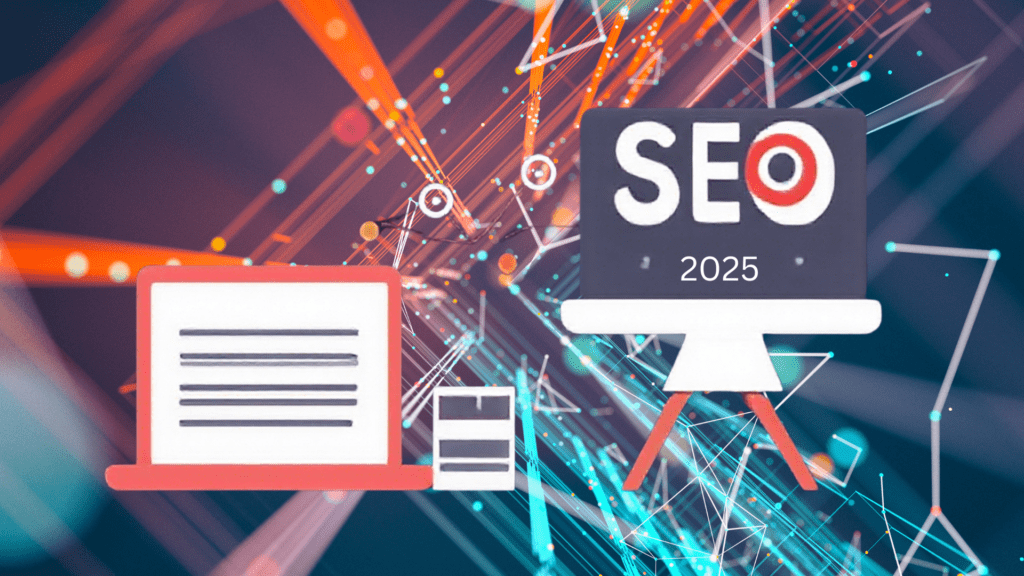AI-Powered WhatsApp assistant for Hospitals – Lotus AI (AI Response & Routing)
Transforming Patient Experience with Lotus AI Response & Routing The Challenge: In today’s fast-paced healthcare environment, hospitals face challenges in managing high patient inquiry volumes, ensuring timely responses, and delivering a seamless patient experience. These challenges often result in: Delayed responses to appointment requests, medical inquiries, and test results. Operational inefficiencies due to the manual handling of repetitive queries. Patient dissatisfaction stemming from long wait times and miscommunication. The Solution: Lotus AI Response & Routing Our AI-powered WhatsApp assistant, Lotus AI, revolutionizes patient communication and enhances operational efficiency by providing intelligent and automated support for hospitals. With seamless AI-Human collaboration, AI**-powered chat routing capabilities**, and a centralized dashboard, this solution enhances efficiency, customer satisfaction, and ultimately, sales. Lotus AI Response and Routing | AITechWorx| Whatsapp responses instantly and intelligently 24×7 Multi-lingual – Our AI Agents can chat in most popular international languages like Arabic, Urdu, English, Hindi, French, Turkish, Portuguese and more. What Makes This Solution Stand Out? Lotus AI is a flexible and adaptable platform designed to optimize patient communication and operational efficiency. Our ready-to-use features form a robust foundation that can be customized to address the specific workflows and needs of hospitals, ensuring a seamless fit. Key Features: Our platform provides a strong foundation with features designed to address general communication needs, while offering the flexibility to incorporate hospital-specific requirements like: 24/7 Availability: Patients can interact with your hospital at any time, ensuring no inquiry goes unanswered. Appointment Scheduling: Effortlessly book, modify, or cancel appointments through WhatsApp with real-time availability updates. Intelligent Routing: Automatically direct patient inquiries to the appropriate department or specialist (e.g., pediatrics, cardiology, radiology). Answer FAQs: Instantly respond to common questions such as hospital hours, location, insurance policies, or medical services offered. Lab Reports & Test Results: Securely share updates and notifications for lab tests and imaging results. Multi-Language Support: Communicate in patients’ preferred languages (international), improving accessibility for diverse populations. Benefits for Your Hospital: Enhanced Patient Experience: Deliver personalized and prompt responses to patient inquiries, boosting satisfaction and trust. Increased Efficiency: Automate repetitive tasks to free up staff for more critical responsibilities. Higher Patient Retention: Provide a seamless, user-friendly communication channel that strengthens patient loyalty. Cost Savings: Reduce operational costs associated with managing high call and email volumes. Scalability: Easily handle surges in inquiries during peak times, such as flu seasons or emergencies. Real-Life Use Cases: Emergency Services Coordination: Help patients quickly find emergency care or ambulance services through WhatsApp. Outpatient Appointments and Follow-Ups: Automate appointments, reminders and follow-up communication for post-treatment care. Insurance & Billing Support: Simplify insurance claim submissions and billing inquiries if needed. Why WhatsApp? Ubiquity: With widespread adoption in the region, WhatsApp provides a familiar and convenient platform for patients to connect with your hospital. Accessibility: Patients don’t need to download new apps or learn complex interfaces—they could get hep instantly via WhatsApp. Conversational Convenience: Conversations are more engaging and intuitive than static forms or complicated apps, making it easier for patients to communicate their needs. Example Interaction Flow Patient Inquiry: “I’d like to book a cardiology appointment.” AI Assistant: “Sure, I can assist you. Could you let me know if you have a preferred doctor or would you like to see the available options?” Patient: “I’d like to see the options.” AI Assistant: “Here are the available cardiologists: Dr. Sarah – Monday and Thursday, 10 AM to 2 PM. Dr. John – Tuesday and Friday, 3 PM to 6 PM. Which doctor would you prefer?” Patient: “Dr. Sarah, please.” AI Assistant: “Dr. Sarah’s next available appointment is on Thursday at 10:30 AM. Would you like to book this slot?” Patient: “Yes, please.” AI Assistant: “Your appointment with Dr. Sarah is confirmed for Thursday at 10:30 AM. You will receive a reminder 24 hours before your visit. Is there anything else I can assist you with?” Routing: If required, the inquiry is instantly routed to the cardiology department or support team via the centralized dashboard for additional follow-up or specific queries. Your Edge with This Solution Immediate Demonstration: The smart routing and dashboard capabilities are fully developed and ready for live demonstration using our WHATSAPP integrated dashboard ‘Lotus-Chat Dashboard’. You can explore more about this dashboard on https://aitechworx.com/lotus-chat. You can also try our response and routing for a fictitious company called Luma Sanitary Wares by sending a message on our live demo WhatsApp number +923338005080 or click here to hop on a WhatsApp conversation: Talk to our WhatsApp Demo – Luma AI. Customizable Expansion: Features like appointment scheduling, test results delivery, and post-visit care reminders can be tailored to your specific hospital workflows. Scalable: Start with core functionalities and expand into a full-service AI-driven patient assistant over time. Why Choose Lotus AI? Proven Expertise: Our AI platform is trusted by businesses across industries for its reliability and innovation. Customizable Solutions: Tailored to meet the specific needs of your hospital, ensuring seamless integration with existing systems. Data Security: Adheres to international standards like GDPR and HIPAA to safeguard patient information. Next Steps: Let us help you transform the way your hospital interacts with patients. Schedule a live demo today to see Lotus AI in action and discover how it can elevate your hospital’s communication and operational efficiency.










